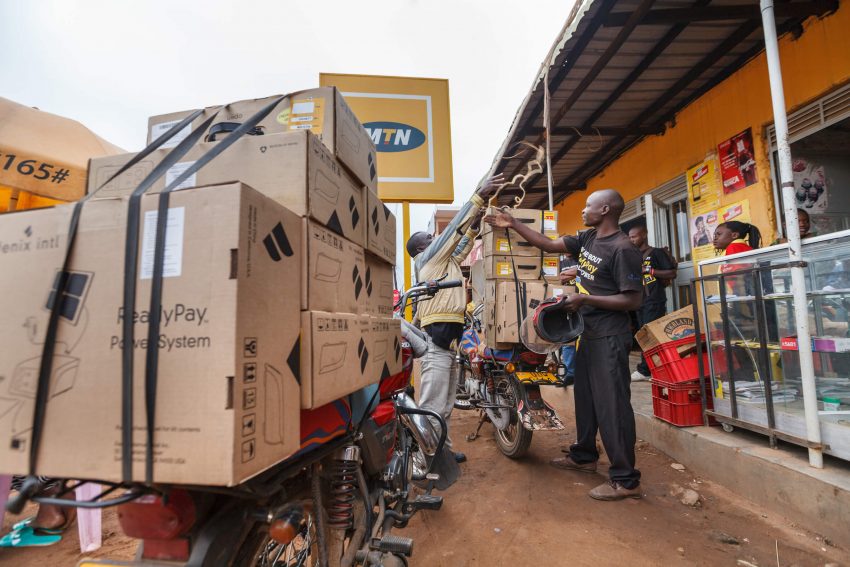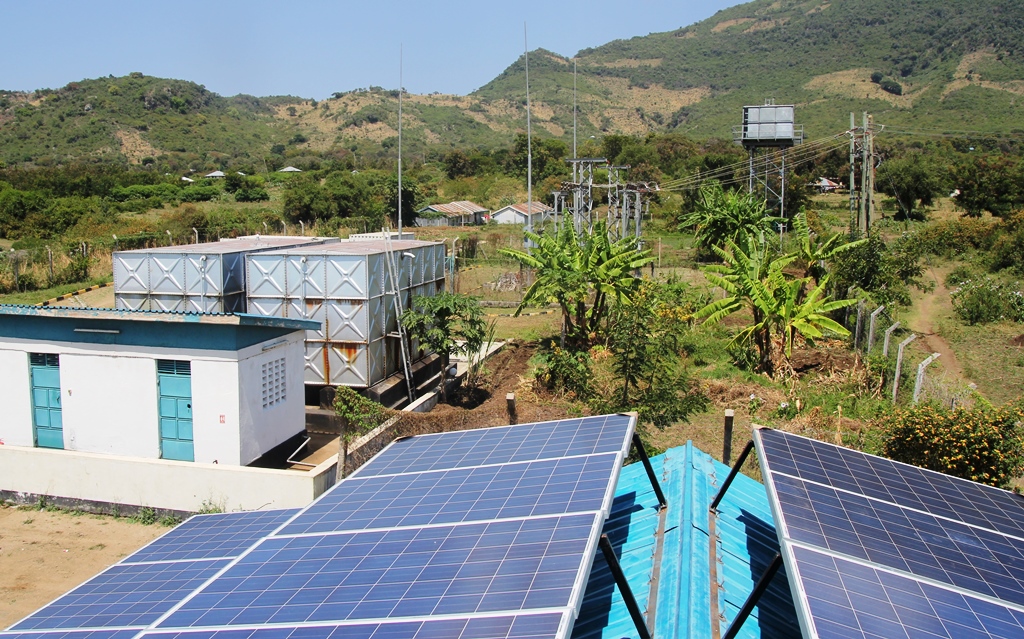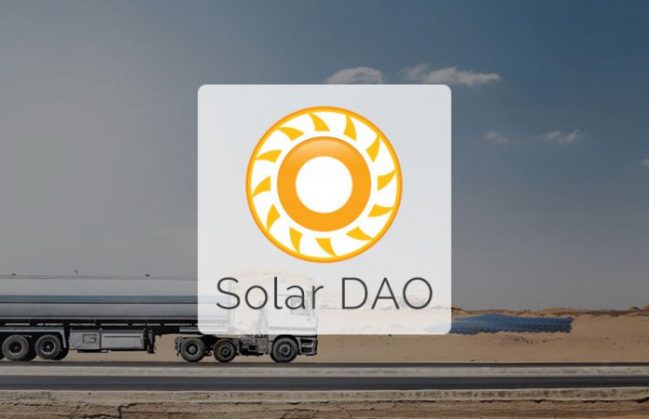Secretary Tom Vilsack on January 8 announced the U.S. Department of Agriculture (USDA) awarded $46 million to support energy efficiency and renewable energy projects and programs in rural Vermont. USDA awarded the funds to Vermont Energy
Investment Corp. (VEIC), is a non-profit energy services organization with a 15-plus year history of carrying out energy efficiency and renewable energy projects as a means of enhancing socioeconomic and environmental equity and justice.
The award is the largest ever made by the Rural Utilities Service (RUS) Energy Efficiency Conservation Loan Program (EECLP). Via Energy Efficiency Vermont, VEIC will use the funds to offer low-interest loans and otherwise assist rural Vermont residents and businesses reduce their energy bills while contributing to achieving state and federal climate and clean energy goals, including reducing greenhouse gas emissions. Switching to cleaner fuel sources and improving the energy efficiency of buildings are two examples USDA cites in a press release.
Cleaner, lower-cost energy for rural Vermonters
The $46 million USDA award will enable VEIC to better help rural Vermont residents finance and install energy efficient lighting, appliances, equipment and HVAC systems, as well as make use of emissions-free renewable energy resources. VEIC, moreover, dedicates a percentage of its annual budget to offering affordable energy access and efficiency services to low-income families.

Helping finance and build renewable energy microgrids is one option that could enhance energy access, reliability and affordability and reduce carbon emissions and pollution for rural Vermont residents and businesses. So are related community solar projects and programs.
VEIC announced it would launch its own community shared solar program at the White House National Community Solar Summit this past November. Dubbed SunShares, VEIC’s community solar business model entails signing up Vermont businesses and their employees as community solar project subscribers.
Improving energy efficiency and making use of less volatile, cost-effective renewable energy resources will also improve the competitiveness of Vermont businesses and the state economy, USDA highlighted. Nationwide, the RUS EECLP has provided $56.6 million to support rural residents and businesses carry out energy efficiency upgrades, deploy and tap into shared renewable energy capacity. That’s helping the U.S. follow through on President Obama’s Climate Action Plan, and achieve state, as well as national renewable energy and energy efficiency goals.
Advancing Climate Change Action Plans, Sustainable Energy Access
Institutional climate and clean energy policy frameworks in the U.S., E.U. and worldwide are looking for energy efficiency to yield as much as 50% of greenhouse gas emissions reductions required to avoid the postulated 2°C climate change tipping point. Increasing use of renewable energy is expected to realize the other half or more.

Per capita energy consumption in the 29 industrialized nations that make up the IEA (International Energy Agency) has dropped to 1980’s levels while per capita income levels are at their highest, a development that has by and large gone unnoticed, according to the IEA’s 2015 Energy Efficiency Market Report.
Part and parcel of spurring development of sustainable low-carbon economies and societies, government leaders are looking for these initiatives to spur employment gains and address growing disparities in income and wealth distribution.
Along those lines, USDA invested nearly $2.7 billion between 2009 and 2014. That includes:
- More than $680 million in economic development to support affordable housing and create jobs;
- More than $263 million in infrastructure development, including electricity, broadband and telecommunications, water, and community facilities; and
- $135 million through conservation efforts to protect Vermont’s land, water and air resources.
USDA intends to add to the trend in 2016. ¨We will continue to build on that investment to support the farmers, growers and rural small businesses driving the rural economy forward, including accepting new applications to the Energy Efficiency and Conservation Loan Program, carry out record conservation efforts, facilitate groundbreaking research, promote new markets for rural products, and provide a safe, affordable and nutritious food supply for Vermont families,¨ the Agriculture Department stated.




